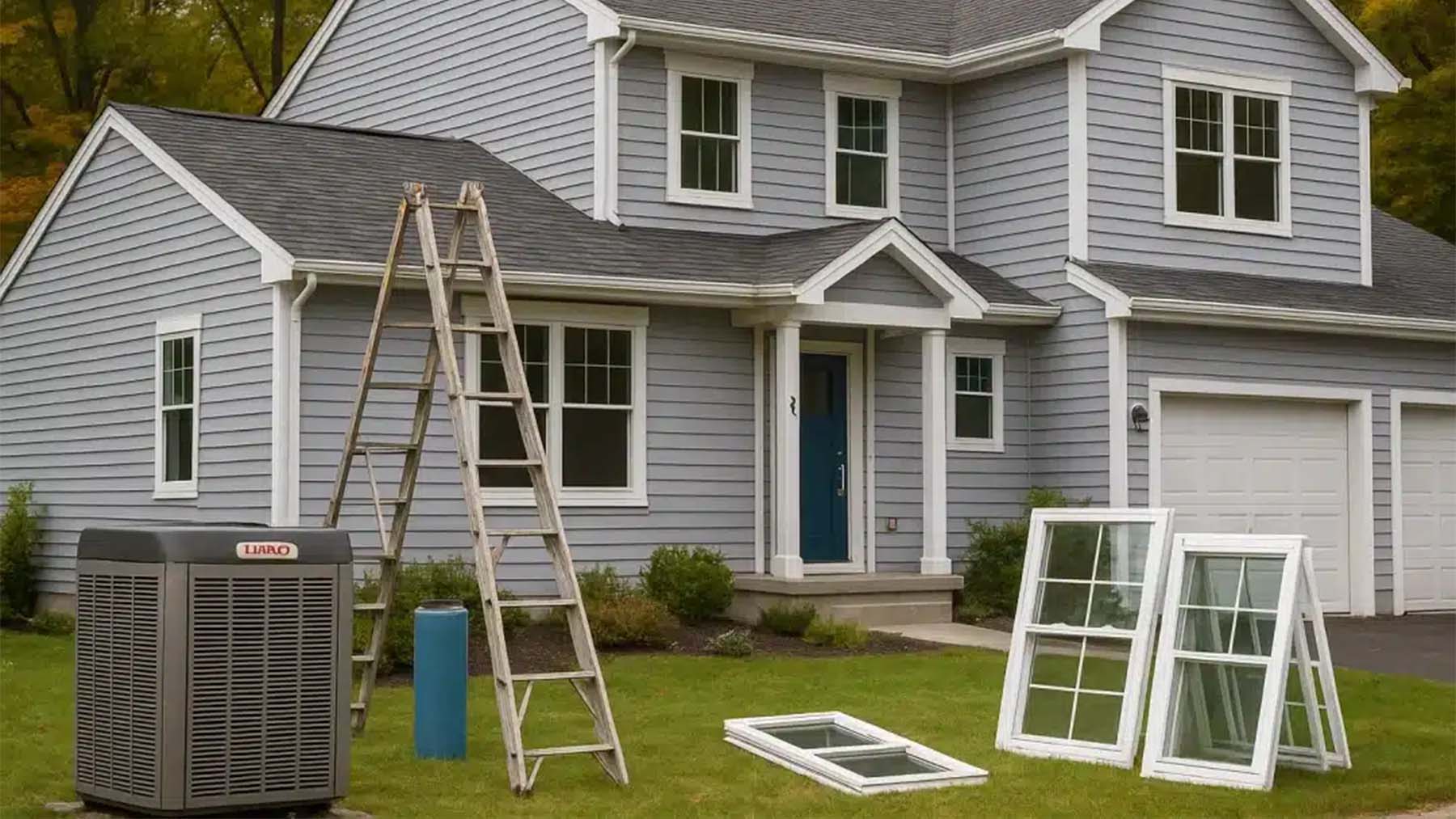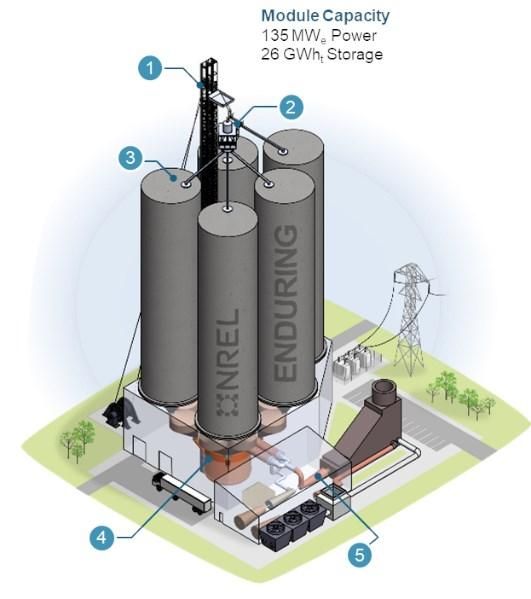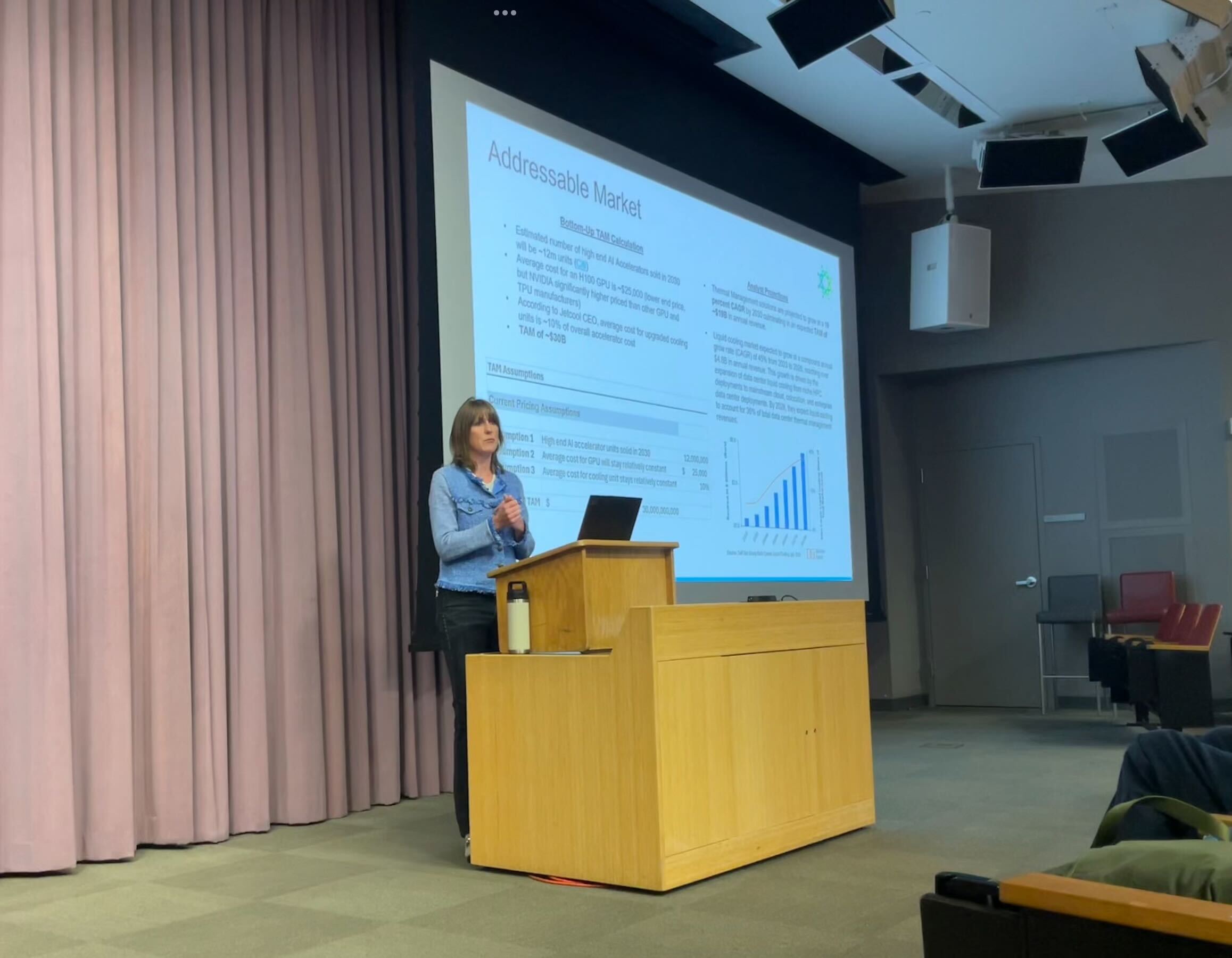The IRS confirms that the 30% credit for energy-efficient home improvements expires on December 31, 2025 – Blanquivioletas

U.S. Inflation Reduction Act Incentivizes Homeowner Contributions to Sustainable Development Goals
Introduction: Aligning Domestic Policy with Global Sustainability Targets
The United States’ Inflation Reduction Act provides a significant financial incentive for homeowners to adopt energy-efficient technologies, directly aligning with several United Nations Sustainable Development Goals (SDGs). Through a 30% tax credit, the policy encourages residential investments that support SDG 7 (Affordable and Clean Energy), SDG 11 (Sustainable Cities and Communities), SDG 12 (Responsible Consumption and Production), and SDG 13 (Climate Action). This report outlines the program’s provisions and its role in advancing these global objectives.
Program Overview and Financial Incentives
Tax Credit Structure
The program offers homeowners a tax credit equivalent to 30% of the cost of qualified energy efficiency improvements, including materials and labor. The financial framework is structured as follows:
- Up to $1,200 annually for qualified home upgrades such as insulation and energy-efficient windows.
- Up to $2,000 annually for major improvements, including the installation of heat pumps, biomass stoves, or high-efficiency water heaters.
Contribution to SDG 7: Affordable and Clean Energy
These financial incentives are instrumental in making clean energy technologies more accessible and affordable for households. By reducing the initial investment cost and lowering long-term utility bills, the program directly supports the targets of SDG 7, promoting a transition to sustainable and modern energy sources at the residential level.
Eligible Upgrades for a Sustainable Future
Qualifying Home Improvement Projects
To qualify for the tax credit, homeowners can undertake a range of projects designed to reduce energy consumption. These initiatives are critical for building a more sustainable infrastructure.
- Insulation and air sealing: Enhances thermal efficiency, reducing the energy required for heating and cooling.
- Energy Star windows and doors: Minimizes energy loss and improves the efficiency of climate control systems.
- Heat pumps and high-efficiency systems: Utilizes modern technology to reduce electricity consumption for heating and cooling.
- Efficient water heaters: Lowers the energy needed for water heating, a significant component of household energy use.
- Home energy audits: Provides data-driven strategies for homeowners to identify and address energy waste.
Impact on SDG 11 and SDG 13
Each eligible upgrade contributes to making housing more sustainable, a key component of SDG 11. By reducing the environmental footprint of individual homes, these collective actions support broader climate action goals (SDG 13). The reduction in residential energy consumption directly translates to lower greenhouse gas emissions, combating climate change at a foundational level.
Advancing Renewable Energy Adoption
The Residential Clean Energy Credit
In addition to efficiency upgrades, the policy promotes on-site renewable energy generation through the Residential Clean Energy Credit. This further incentivizes a shift away from fossil fuels.
- Solar power installations
- Small wind turbines
- Battery storage solutions
Fostering SDG 7 and SDG 12
This credit directly accelerates the achievement of SDG 7 by increasing the share of renewable energy in the national energy mix. Furthermore, it encourages a fundamental shift in household consumption patterns, empowering homeowners to become producers of clean energy and fostering the principles of responsible consumption and production outlined in SDG 12.
Procedural Requirements and Program Timeline
Claiming the Tax Credit
To ensure compliance and receive the credit, homeowners must follow a specific procedure:
- Verify that all modifications and installed products meet the energy efficiency standards set by the Internal Revenue Service (IRS).
- Retain all relevant documentation, including receipts, Energy Star product labels, and manufacturer certification statements.
- Ensure all renovation projects are completed and placed in service before the program deadline.
- File IRS Form 5695, Residential Energy Credits, with their annual tax return.
Program Deadline
The program is time-limited, with all qualifying improvements needing to be completed before December 31, 2025. This deadline underscores the urgency for homeowners to take action and contribute to national and global sustainability targets. Prioritizing high-impact upgrades will maximize both financial returns and environmental benefits.
Analysis of Sustainable Development Goals in the Article
1. Which SDGs are addressed or connected to the issues highlighted in the article?
-
SDG 7: Affordable and Clean Energy
- The article’s central theme is the promotion of clean energy and energy efficiency in homes. It discusses initiatives like installing solar power, heat pumps, and energy-efficient water heaters, which are core components of ensuring access to affordable, reliable, sustainable, and modern energy for all.
-
SDG 11: Sustainable Cities and Communities
- By encouraging homeowners to make their houses “smarter and more efficient,” the article touches upon making human settlements more sustainable. Energy-efficient homes reduce the overall environmental footprint of residential areas, contributing to the sustainability of communities.
-
SDG 13: Climate Action
- The article explicitly links the home improvement incentives to the broader goals of “sustainability,” the “green transition,” and combating climate change. The tax credits are presented as a measure to encourage actions that reduce individual carbon footprints, which is a fundamental aspect of taking urgent action to combat climate change and its impacts.
2. What specific targets under those SDGs can be identified based on the article’s content?
-
Under SDG 7 (Affordable and Clean Energy):
- Target 7.2: “By 2030, increase substantially the share of renewable energy in the global energy mix.” The article directly supports this target by mentioning the “Residential Clean Energy Credit” for homeowners who “install solar power, small wind turbines, or battery storage.”
- Target 7.3: “By 2030, double the global rate of improvement in energy efficiency.” The article is heavily focused on this target. It lists numerous eligible projects aimed at improving energy efficiency, such as installing “Energy Star windows,” “heat pumps,” “insulation,” and “efficient water heaters.”
-
Under SDG 11 (Sustainable Cities and Communities):
- Target 11.6: “By 2030, reduce the adverse per capita environmental impact of cities…” While not explicitly stated, the initiatives described in the article contribute to this target. By improving home energy efficiency and promoting clean energy, the program helps reduce the overall energy consumption and carbon emissions of residential areas, thereby lowering their environmental impact.
-
Under SDG 13 (Climate Action):
- Target 13.2: “Integrate climate change measures into national policies, strategies and planning.” The article’s focus, the “Inflation Reduction Act,” is a clear example of a national policy designed to incentivize climate-friendly actions. The 30% tax credit is a specific financial instrument within this national strategy to encourage the public to contribute to the “green transition.”
3. Are there any indicators mentioned or implied in the article that can be used to measure progress towards the identified targets?
-
For SDG 7 Targets:
- Number of households adopting renewable energy: The article mentions installing “solar power” and “small wind turbines.” The number of homeowners claiming the “Residential Clean Energy Credit” would be a direct indicator of progress for Target 7.2.
- Number of energy-efficient upgrades installed: The article lists specific eligible projects like “insulation,” “Energy Star windows,” and “heat pumps.” Tracking the number of these installations would measure progress towards Target 7.3.
- Amount of financial incentive claimed: The article specifies that homeowners can receive up to “$1,200 annually” or “$2,000 annually” by filing “Form 5695.” The total number of forms filed and the total tax credit amount disbursed by the IRS serve as direct, quantifiable indicators of the program’s uptake.
- Reduction in household energy costs: The article states that these improvements “lower your utility bills” and “reduce your monthly expenses.” A survey or data analysis of energy consumption in upgraded homes could serve as an indicator of increased energy efficiency.
-
For SDG 11 and 13 Targets:
- Implementation of national policy: The existence and promotion of the “Inflation Reduction Act” and its associated tax credits is itself an indicator for Target 13.2. The article details the mechanism for claiming the credit, including the specific IRS form (“Form 5695”) and the deadline (“December 31, 2025”), which are all facets of policy implementation.
- Participation in home energy audits: The article lists “Home energy audits” as an eligible project. The number of audits conducted is an indicator of homeowners actively seeking to identify and reduce their energy waste, contributing to the goals of both SDG 11 and 13.
4. Summary Table of SDGs, Targets, and Indicators
| SDGs | Targets | Indicators |
|---|---|---|
| SDG 7: Affordable and Clean Energy |
7.2: Increase the share of renewable energy.
7.3: Double the rate of improvement in energy efficiency. |
|
| SDG 11: Sustainable Cities and Communities | 11.6: Reduce the adverse per capita environmental impact of cities. |
|
| SDG 13: Climate Action | 13.2: Integrate climate change measures into national policies. |
|
Source: blanquivioletas.com
What is Your Reaction?
 Like
0
Like
0
 Dislike
0
Dislike
0
 Love
0
Love
0
 Funny
0
Funny
0
 Angry
0
Angry
0
 Sad
0
Sad
0
 Wow
0
Wow
0




















































.jpg.webp?itok=0ZsAnae9#)


























